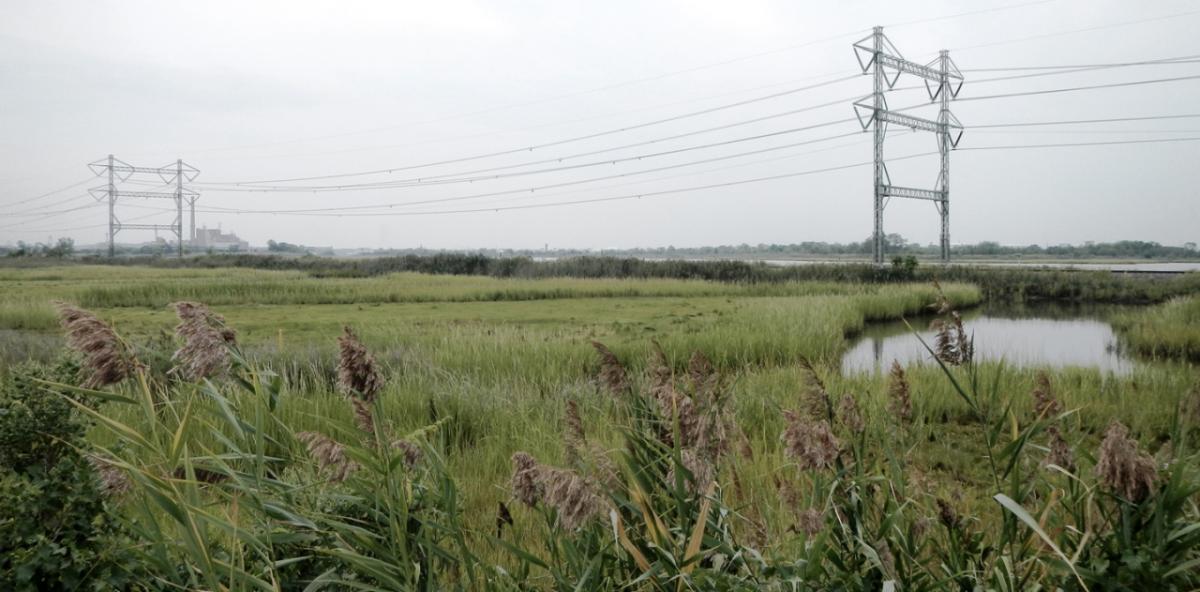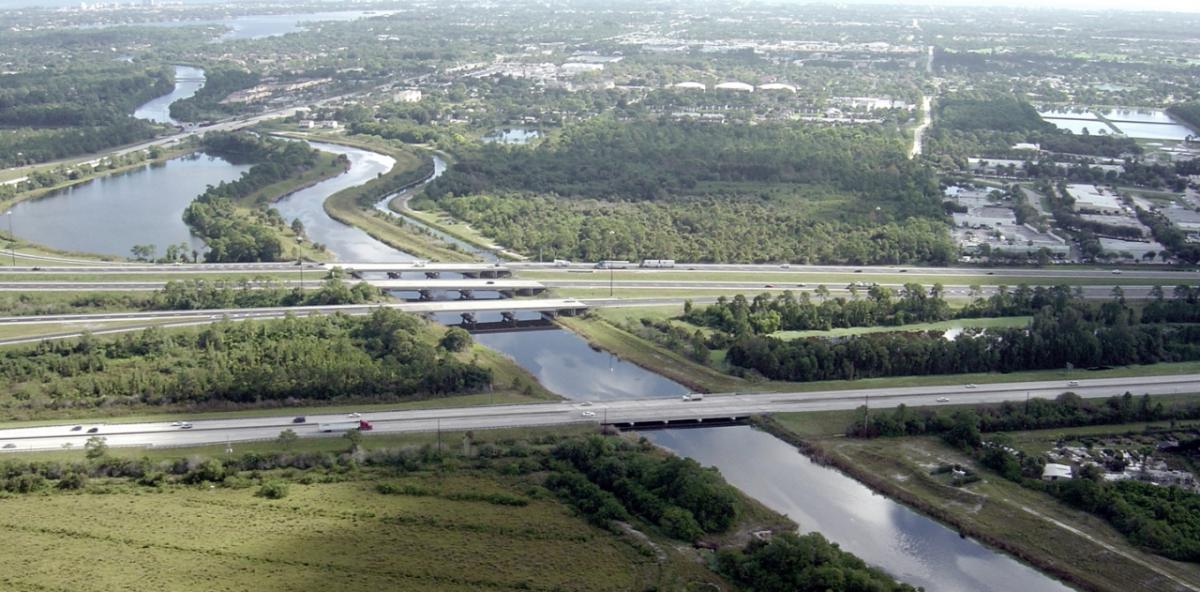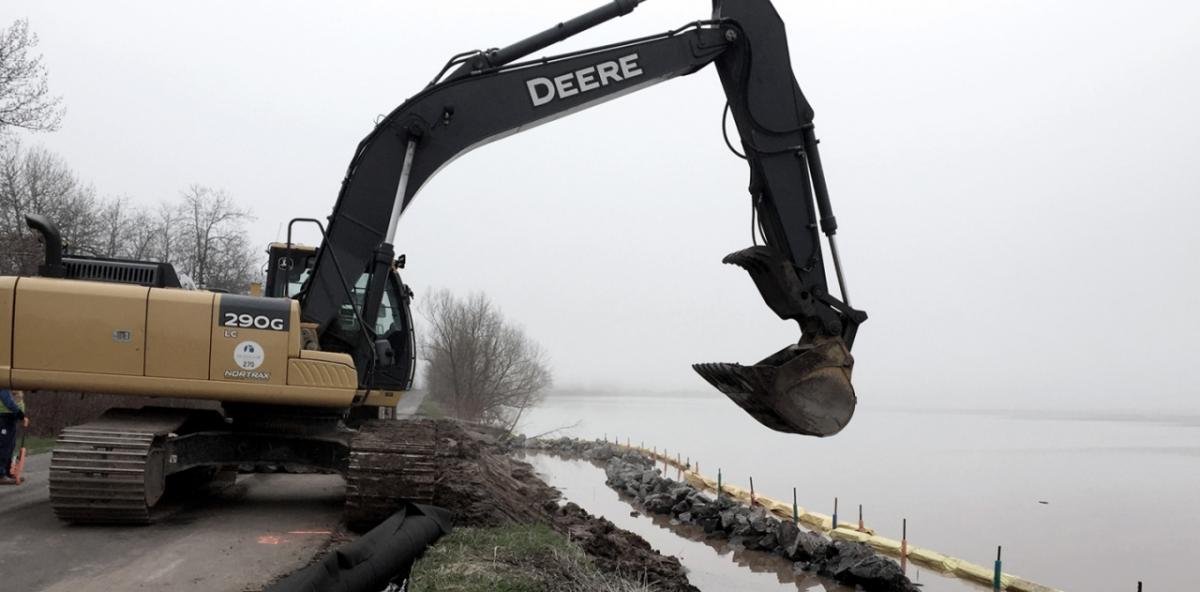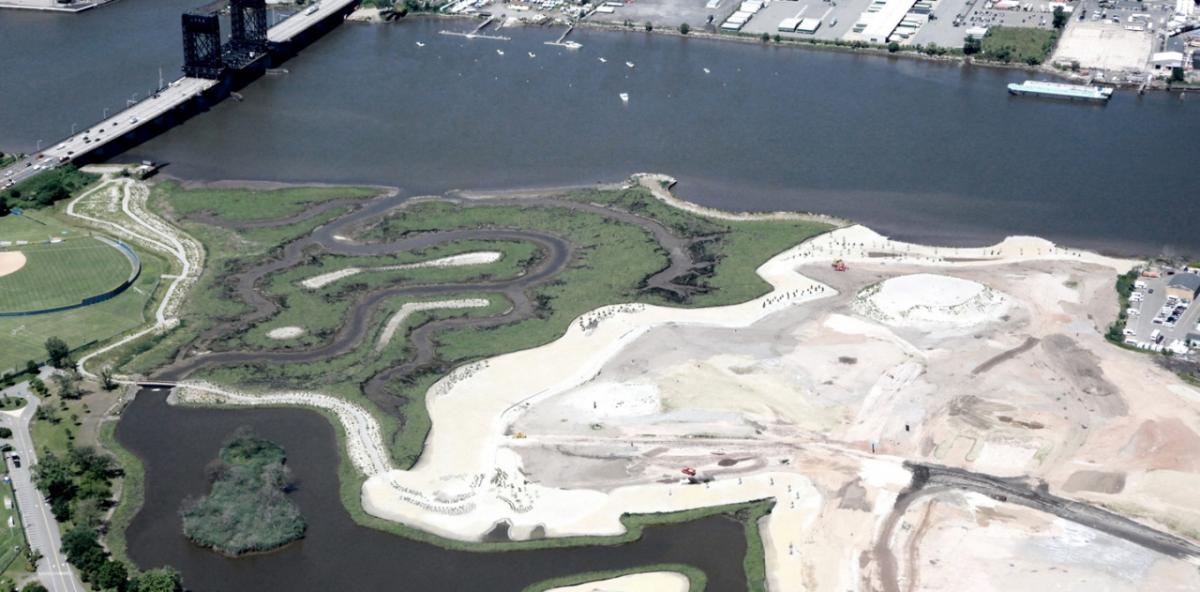Helping the UN Guide Ecosystem Restoration Into the Mainstream
WSP USA is a key participant in the United Nations’ Decade on Ecosystem Restoration, a major global initiative to bring awareness to the fight against climate change.
When the United Nations General Assembly declared 2021–2030 as the Decade on Ecosystem Restoration, it did so with an objective of taking a leadership role to find nature-based solutions to restore vital ecosystems around the globe.
The UN Decade on Ecosystem Restoration aims to massively scale up the restoration of degraded and destroyed ecosystems as a proven measure to fight the climate crisis and enhance food security, water supply and biodiversity. It is targeting widespread engagement with governments, UN agencies, international non-government organizations, academia and large corporations.
“This initiative moves ecosystem restoration from a fringe movement to an essential response necessary to protect our global food and water supply and help change the trajectory of climate change,” said Jennifer Brunton, WSP USA national practice lead for ecosystem restoration.
For its part, WSP provided feedback for the strategy report, United Nations Decade on Ecosystem Restoration 2021-2030 - Strategy for the Decade.
As identified in the report, “The global public is largely unaware of the extent to which ecosystem degradation is impacting the well-being and livelihoods of billions of people, the costs of this degradation, and the profound benefits that would accrue with major investments in ecosystem restoration.”
“At the end of the decade, my hope is that the political support and public will is behind the scale of restoration needed,” Brunton said. “Policies, regulations, and legislation are changed to promote smart growth and habitat protection/restoration, and the financial mechanisms for supporting ecosystem restoration are in place.”
Key Objectives
The UN Decade on Ecosystem Restoration has set several key objectives. The effort aims to:
- showcase successful government-led and private initiatives to halt ecosystem degradation, restore those ecosystems that have already been degraded;
- enhance knowledge exchange on what works and why (policy, economics and biophysical aspects), and how to implement restoration at scale;
- connect initiatives working in the same landscape, region, or topic, to increase efficiency and impact;
- create links between ecosystem restoration opportunities and initiatives with businesses interested in building a solid portfolio of sustainable production and impact investment; and
- bring a wider spectrum of actors on board, especially from sectors that are not traditionally involved, by demonstrating the importance of ecosystem restoration to conservation as well as generation of social and economic benefits.
“I have seen the transformation that can happen when ecosystem restoration projects are implemented,” Brunton said. “It’s a powerful thing to witness a barren landscape change into lush breeding and foraging grounds supporting a diverse array of species. It can be done.”
The UN initiative is raising the understanding that widespread improvements on a local scale will have a profound impact on the global environment.
“Our ecosystems are connected in a complex web, and that includes us humans,” Brunton said. “The fish we buy at the market may breed in marshes, rivers, or streams but spend their adult life migrating in the open ocean. This results in an interconnectedness between us as individuals and habitats that extend well beyond our borders.”
She added that the UN initiative “aims at articulating these links to target shifts in culture and political/economic drivers so the act of restoring habitat is part of a broader initiative and ecological restoration is mainstreamed.” Brunton stressed that there must be complete ownership of responsibility for the environment, even when it is not in our own backyard.
“For example, the destruction of rainforests do affect us through this network; it is not some far way problem for someone else,” Brunton said. “The products we buy connect us to these degradations. For example, the fruit we buy at the store may be grown in fields developed from clearing the rainforest.”
Environmental Partnerships
Currently, the UN lacks the technical capacity to implement a strategy to address the scale of restoration needed on its own and is looking to corporate partners like WSP to help guide its successful development.
“WSP has over three decades of experience restoring habitats, which has culminated in over 10,000 acres of restored habitats,” Brunton said. “We have one of the largest benches of restoration experts in any organization. Pairing our technical strength – both by numbers and range of expertise we have – with our global reach makes our firm an ideal partner for this initiative.”
WSP has been involved in several ecological restoration projects that exemplify the goals of the UN Decade on Ecosystem Restoration initiative, including:
Higbee Beach Tidal Wetland Restoration – The restoration of several hundred acres of marsh into a greenway near Cape May, New Jersey is providing habitat for migratory species, and supports maritime and early successional forest, as well as a public access network. WSP’s restoration design is grounded in science and supported by extensive baseline studies, including hydrodynamic modeling, extensive sediment sampling, and detail threatened and endangered species surveys.
Saw Mill Creek Wetland Mitigation Bank – A 68-acre wetlands area on Staten Island has been threatened by flooding, invasive weeds and illegal dumping for years, and suffered severe degradation following Superstorm Sandy in 2012. To turn the tide, the New York City Economic Development Corporation selected WSP to provide wetland restoration for New York City’s first wetland mitigation bank.
Comprehensive Everglades Restoration Plan – WSP is providing the South Florida Water Management District with scientists, engineers and restoration specialists to protect the water supply and control flooding in the region by preventing saltwater intrusion, encouraging responsible agriculture and urban development, and preserving fish and wildlife habitat in the Everglades.
Lincoln Park Wetlands Restoration – A large tidal marsh was designed by WSP to fit into the natural landscape adjacent to Lincoln Park in Jersey City, which had become a landfill without a permit. Today the wetlands, streams and salt marshes, once blighted with debris, are now restored with 42 acres of tidal habitats, new inter-tidal channels, and public walking trails.
Wisconsin Point Dune Restoration – A three-mile-long natural sand spit along Lake Superior, part of one of the longest freshwater sandbars in the world and a popular recreation area, had become degraded by excessive heavy foot traffic and activity, destabilizing the shoreline. WSP provided environmental and resilient design services to restore and stabilize 48,000 square feet of sand dune habitat.
Future Generations
The work carried out today will leave a legacy for future generations, and Brunton believes that this initiative is one way to establish tangible positive impacts in our own generation.
“We have the understanding of the negative impacts of habitat degradation on climate change, food security, and biodiversity; and we also know the substantial benefits gained from uplifting degraded habitat to high functioning systems,” Brunton said. “What we have not done effectively is integrate these facts into the political and economic engines that are driving protection and restoration of habitat. This initiative aims to infuse a respect for habitat health into the global culture.”
She believes it is possible to map ways for development to progress in balance with the global health.
“We have not run out of time to repair the imprint we have left on the earth’s landscape,” Brunton said. “It will require slicing the problem from many angles – economic, political, cultural. The UN is the one entity infused globally whose network and influence can forge the change needed.”





